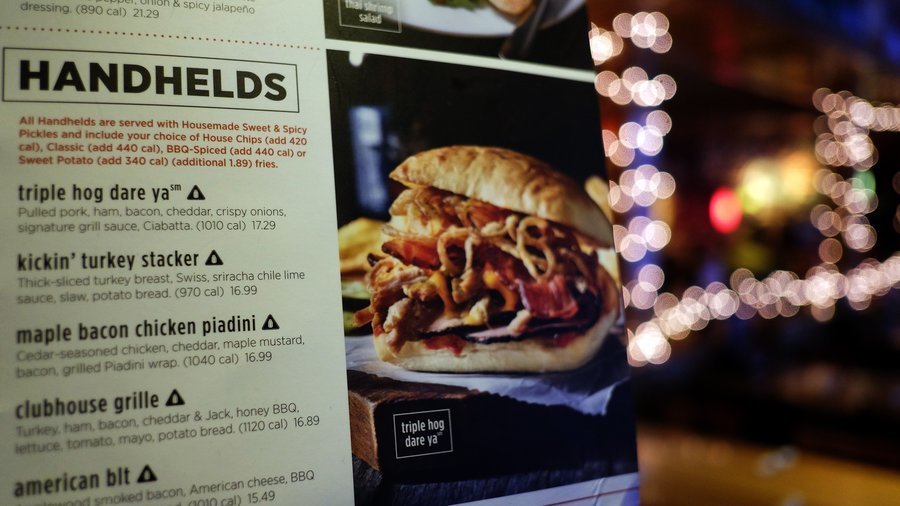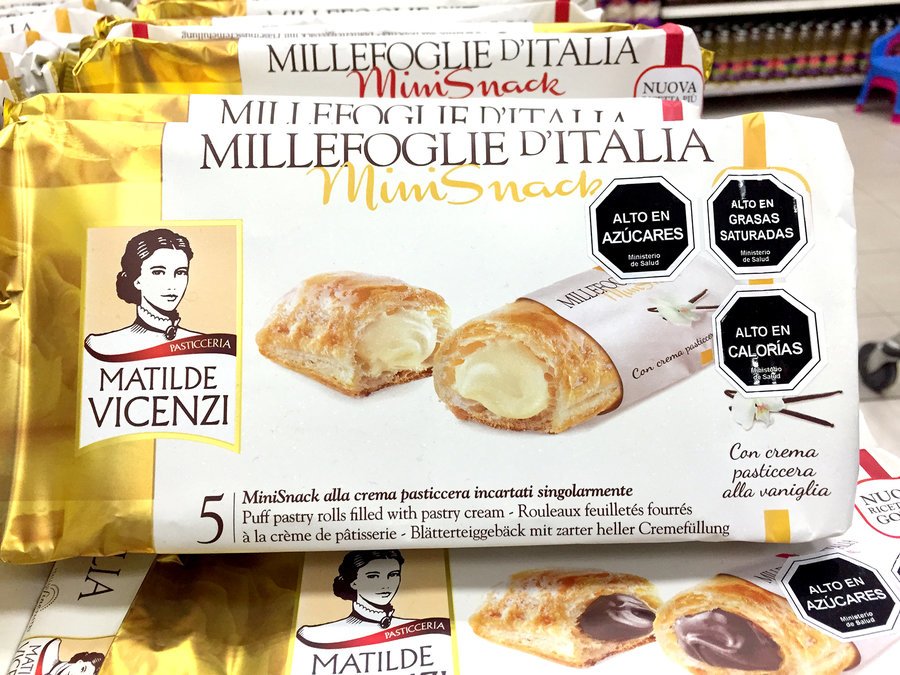
Health War: US Intercepts Canada’s Warning Labels with NAFTA!

As modern technology continues to evolve, so do our food intake. We don’t need to spend an ample amount of time cooking our favorite dish. Today, we can just grab our meals and drinks from our best-loved food chains. If not, we can just open a can and eat our preferred instant food.
Unfortunately, we pay a high price for this convenience. The excess weight we’re carrying in our body triggers several health complications such as heart disease, stroke, diabetes, high blood pressure, and much more.
Aside from that, obesity has become pandemic and most medical professionals work diligently to address this underlying health issue. While some countries encourage a healthy lifestyle to decrease the risk of contracting these illnesses, Canada thinks they now possess the solution to fix this problem. The key to solving obesity lies in revolutionizing the nutrition labeling. How does this work?
Warning Labels

The Chilean government requires food manufacturers to put warning labels on food products that contain high levels of calories, salt, saturated fats, and sugar.
Whenever we buy food items in a grocery store, we often look at the nutritional table to inspect the ingredients used to make the product. Aside from that, we can monitor the vitamins, minerals, and other nutrients we can get from eating it. However, we often ignore this vital information since we can’t see how these foods can impact our health until it’s too late. Suffice to say that the said labels’ effectiveness in propagating health information for a particular food or drink, isn’t satisfactory.
Image Caption: Chile’s Food Label Warning System.
However, all of this changed when the Chilean government started revolutionizing their nutrition labeling. Instead of using text, they now require the food manufacturers to put a symbol or image indicating warning labels on food products to raise more awareness to the customers before consumption.
Ever since the country changed their nutrition labels, they noticed a significant decrease in junk food consumption. People became warier of the food they eat since they can clearly see the complications it may bring to their health.
Since 26% of Canada’s population is considered to be obese, they took notice of this effective solution to try and lower those rates. The Health Department conducted a strategic plan to implement similar warning labels for the country.
The nation aims to become the second high-income country to revolutionize the nutrition table. On the other hand, Mexico is also considering to follow Chile’s lead to address obesity and diabetes which are hailed as the country’s public health emergencies. However, there’s a catch. They can only pursue this move if the American trade representatives won’t interfere.
USA’s NAFTA
According to a leaked document Vox obtained, the US trade representatives seek to override these warning food labels in Canada, Mexico, and even in the US, through the North American Free Trade Agreement (NAFTA) renegotiation. This policy aims to remove trade barriers among the three countries to enable the free exchange of goods and services. Unfortunately, putting “warning labels” violates the provision that states no packaged food products or non-alcoholic beverages must contain symbols that impose hazardous consumption.

US Trade Representative Robert Lighthizer seeks to pursue the provision and engage talks with Mexican and Canadian Trade Rep counterparts
Furthermore, the US food industry stated that implementing the said nutrition labels would be costly. The graphics used in printing warning systems may cause financial strain to US manufacturers who depend on these two countries for significant portions of their businesses. Not only that, but countries who use such warning systems want to create a protectionist environment.
While the Grocery Manufacturers Association (GMA) supports the said nutrition warning system, they emphasized giving the food producers the freedom to implement the said labels or not. If they can cover the printing costs for these warning labels, then they can put it on their products at their own discretion.
More in Criminal Attorney
-
What Is Asylum & How Does It Work?
At its core, asylum is a protection granted to foreign nationals in a country because they have suffered persecution or have...
November 26, 2023 -
6 Reasons Why Sentencing Is Any Judge’s Toughest Assignment
When you picture a judge, you might imagine a stern figure in black robes, gavel in hand, delivering verdicts with unwavering...
November 14, 2023 -
Carrie Underwood Sued for NBC Sunday Night Football’s “Game On”
It is almost ritualistic. As the weekend winds down and Sunday evening approaches, millions across America gear up for a night...
November 12, 2023 -
Why Lawyers’ Productivity Has Increased in Modern Times
Remember the old days when your image of a lawyer might have been drawn straight out of an episode of “Matlock”...
November 5, 2023 -
Paying Down Debts Using Debt Relief Tactics
Debt is like that lingering headache that never seems to go away, no matter how much aspirin you pop. But there...
October 29, 2023 -
Pro Se: Your Right to Represent Yourself WITHOUT an Attorney
The legal system is complex and so, more often than not, people hire a professional attorney to navigate the legal system....
October 21, 2023 -
The Craziest, Most Expensive Hollywood Divorces of All Time
Hollywood is the land of glitz, glamour, and romance – until it is not. Over the years, we have seen our...
October 13, 2023 -
How Was Life as a Lawyer in Ancient Rome?
The Late Roman Republic was a period chock-full of political drama, rampant corruption, and the rise and fall of powerful figures....
October 8, 2023 -
7 Critical Things to Know Before Hiring an Elder Law Attorney
Hiring an attorney can feel like a daunting task. When the need pertains to elder law, emotions run high, often making...
October 1, 2023














